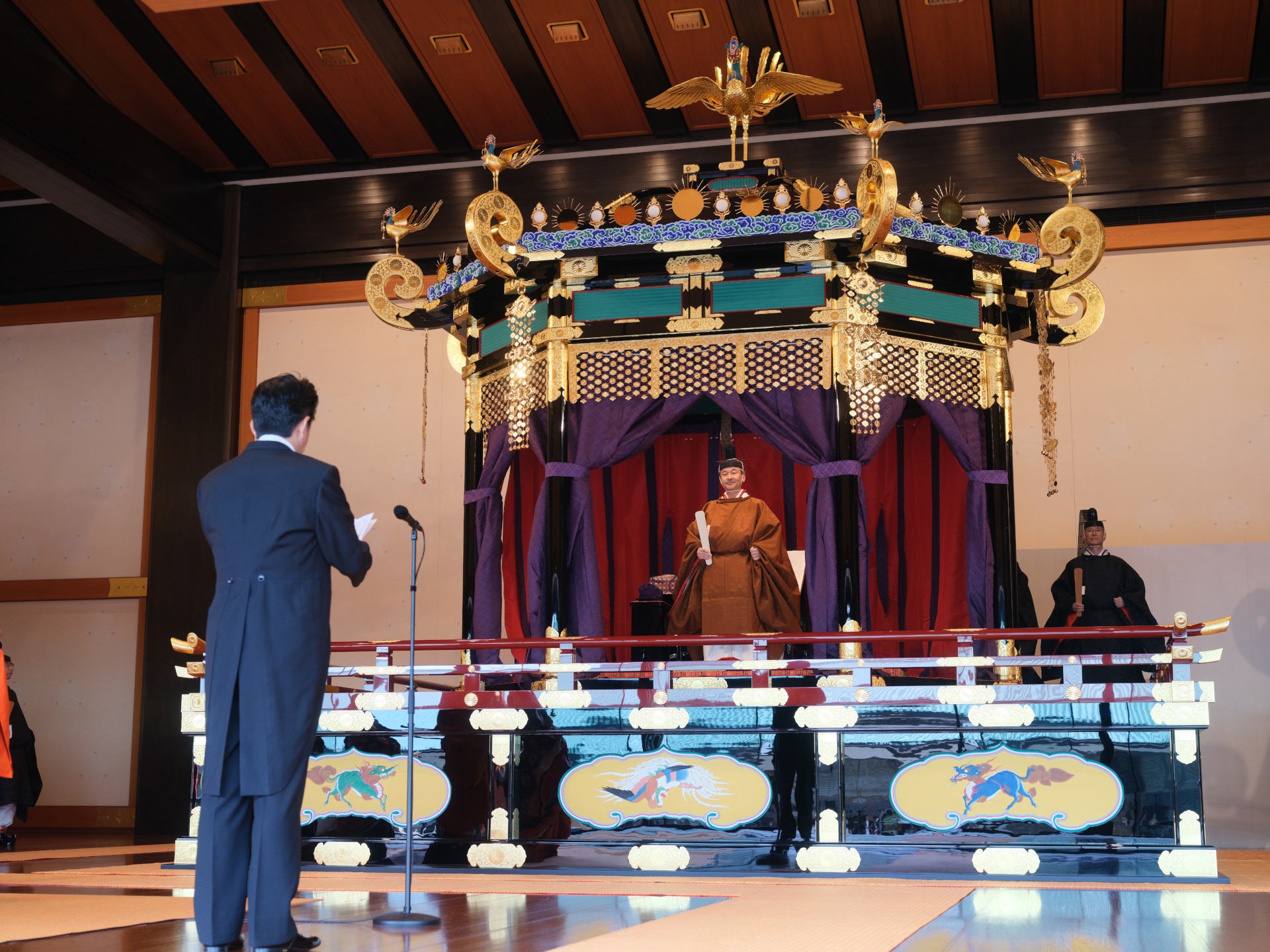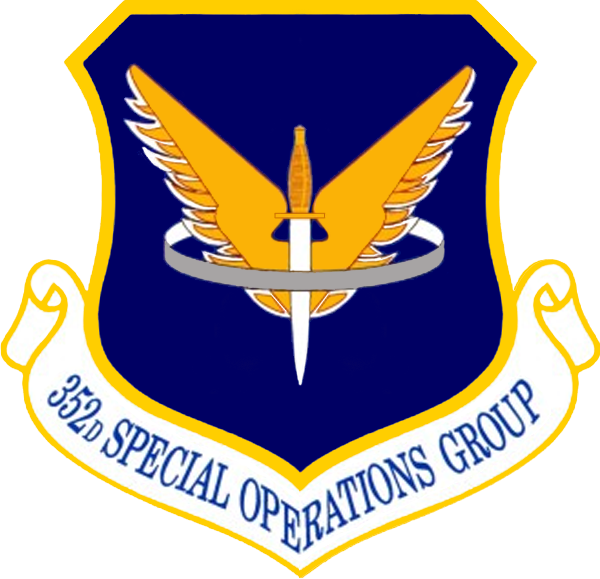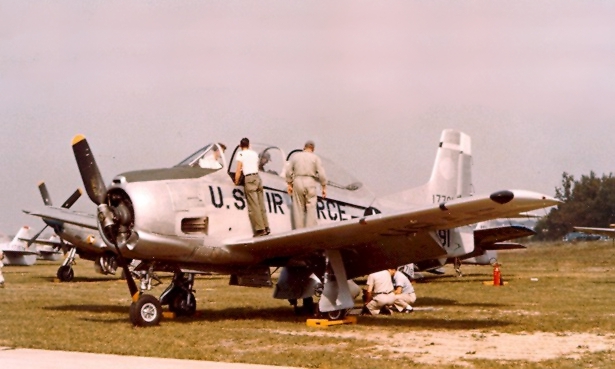|
Operation Phou Phiang III
Operation Phou Phiang III (18 January – March 1973) was the final offensive of the Laotian Civil War by the Royal Lao Army's ''L'Armée Clandestine''. Central Intelligence Agency-sponsored Hmong guerrillas and Thai mercenaries formed three attacking task forces in an attempt to clear the People's Army of Vietnam from positions near the Royalist guerrillas' headquarters on the Plain of Jars. All three columns failed to move the Vietnamese invaders before the ceasefire of 21 February 1973 ended the war. Overview A Communist insurrection began in the Kingdom of Laos immediately after independence. Moving into the vacuum left by the departing French, the United States began providing military and financial support to the Royal Lao Government. From 1961 until the war's end in February 1973, the Central Intelligence Agency (CIA), the CIA-raised guerrillas of ''L'Armée Clandestine'' would resist the invading People's Army of Vietnam. Background Operation Phou Phiang II had end ... [...More Info...] [...Related Items...] OR: [Wikipedia] [Google] [Baidu] |
Laotian Civil War
The Laotian Civil War (1959–1975) was a civil war in Laos which was waged between the Communist Pathet Lao and the Royal Lao Government from 23 May 1959 to 2 December 1975. It is associated with the Cambodian Civil War and the Vietnam War, with both sides receiving heavy external support in a proxy war between the global Cold War superpowers. It is called the Secret War among the American CIA Special Activities Center, and Hmong and Mien veterans of the conflict. The Kingdom of Laos was a covert theater for other belligerents during the Vietnam War. The Franco–Lao Treaty of Amity and Association (signed 22 October 1953) transferred remaining French powers to the Royal Lao Government (except control of military affairs), establishing Laos as an independent member of the French Union. However, this government did not include representatives from the Lao Issara anti-colonial armed nationalist movement. The following years were marked by a rivalry between the neutralists ... [...More Info...] [...Related Items...] OR: [Wikipedia] [Google] [Baidu] |
AC-130 Spectre
The Lockheed AC-130 gunship is a heavily armed, long-endurance, ground-attack variant of the C-130 Hercules transport, fixed-wing aircraft. It carries a wide array of ground-attack weapons that are integrated with sophisticated sensors, navigation, and fire-control systems. Unlike other modern military fixed-wing aircraft, the AC-130 relies on visual targeting. Because its large profile and low operating altitudes around 7,000 feet (2,100 m) make it an easy target, its close air support missions are usually flown at night. The airframe is manufactured by Lockheed Martin, while Boeing is responsible for the conversion into a gunship and for aircraft support.AC-130U Gunship page . Boeing. Developed during the |
Raven Forward Air Controllers
The Raven Forward Air Controllers, also known as The Ravens, were fighter pilots used as forward air controllers (FACs) in a covert operation in conjunction with the US Central Intelligence Agency in Laos during America's Vietnam War. The Ravens pinpointed targets for most of the air strikes against communist Pathet Lao and People's Army of Vietnam infiltrators in support of the Laotian Hmong guerrilla army. Background On 23 July 1962, the United States and the Democratic Republic of Vietnam signed the Geneva Accords guaranteeing the neutrality of the Kingdom of Laos. One of the provisions of the accords called for the withdrawal of all foreign troops from Laotian soil. North Vietnam had troops still remaining in Laos from the end of the French Indochina War. The United States had a small contingent of advisors which it withdrew from the country. The North Vietnamese deliberately ignored the accords because they were intent on keeping their supply corridor, the Ho Chi Minh trai ... [...More Info...] [...Related Items...] OR: [Wikipedia] [Google] [Baidu] |
Field Gun
A field gun is a field artillery piece. Originally the term referred to smaller guns that could accompany a field army on the march, that when in combat could be moved about the battlefield in response to changing circumstances ( field artillery), as opposed to guns installed in a fort (garrison artillery or coastal artillery), or to siege cannons and mortars which are too large to be moved quickly, and would be used only in a prolonged siege. Perhaps the most famous use of the field gun in terms of advanced tactics was Napoleon Bonaparte's use of very large wheels on the guns that allowed them to be moved quickly even during a battle. By moving the guns from point-to-point during a battle, enemy formations could be broken up to be handled by the infantry or cavalry wherever they were massing, dramatically increasing the overall effectiveness of the attack. World War I As the evolution of artillery continued, almost all guns of any size became capable of being moved at some ... [...More Info...] [...Related Items...] OR: [Wikipedia] [Google] [Baidu] |
Monarchist
Monarchism is the advocacy of the system of monarchy or monarchical rule. A monarchist is an individual who supports this form of government independently of any specific monarch, whereas one who supports a particular monarch is a royalist. Conversely, the opposition to monarchical rule is referred to as republicanism. Depending on the country, a royalist may advocate for the rule of the person who sits on the throne, a regent, a pretender, or someone who would otherwise occupy the throne but has been deposed. History Monarchical rule is among the oldest political institutions. The similar form of societal hierarchy known as chiefdom or tribal kingship is prehistoric. Chiefdoms provided the concept of state formation, which started with civilizations such as Mesopotamia, Ancient Egypt and the Indus Valley civilization. In some parts of the world, chiefdoms became monarchies. Monarchs have generally ceded power in the modern era, having substantially diminished since W ... [...More Info...] [...Related Items...] OR: [Wikipedia] [Google] [Baidu] |
Airbridge (logistics)
An airbridge is the route and means of delivering material from one place to another by an airlift. An airbridge is the means by which an airhead is kept supplied by flying over enemy held territory. An airlift over an airbridge can also be used when the most convenient means of transport is by air, or as an additional supplement to other forms of transport. During the Second World War, the Germans used air bridges on three major occasions: the Demyansk Pocket, the Battle of Stalingrad and the Kuban bridgehead. As Demyansk turned into a German victory with the success of the bridge, Hermann Göring convinced Hitler a similar method could be used to supply the Sixth Army at Stalingrad. However, the Luftwaffe was never able to send in the necessary 800 tons of supplies per day. The Kuban Airlift from February–March 1943 was much more successful as the German air units in the Taman peninsula had access to established airfields with good supply and maintenance facilities, the weath ... [...More Info...] [...Related Items...] OR: [Wikipedia] [Google] [Baidu] |
474th Tactical Fighter Wing
The 474th Tactical Fighter Wing is an inactive United States Air Force unit. Its last assignment was at Nellis Air Force Base (IATA code LSV), Nevada, where it trained combat-ready aircrews and maintained a rapid-reaction capability to execute fighter attacks against enemy forces and facilities world-wide in time of crisis. A World War II predecessor unit, the 474th Fighter Group (see 474th Air Expeditionary Group), was a Ninth Air Force combat unit of the Army Air Corps which fought in the European Theater. During its operational lifetime, the 474th Fighter Bomber Wing was engaged in combat operations during the Korean War and the 474th Tactical Fighter Wing was engaged in combat operations during the Vietnam War. Through its history, the 474th Wing flew the F-84G, F-86H, F-100D, F-111A, F-4D, and F-16A/B. The 474th Tactical Fighter Wing was inactivated on 30 September 1989. History Korean War F-84E Operations The 474th Fighter Bomber Wing (474th FBW) was established on 25 Jun ... [...More Info...] [...Related Items...] OR: [Wikipedia] [Google] [Baidu] |
F-111 Aardvark
The General Dynamics F-111 Aardvark is a retired supersonic, medium-range, multirole combat aircraft. Production variants of the F-111 had roles that included ground attack (e.g. interdiction), strategic bombing (including nuclear weapons capabilities), reconnaissance and electronic warfare. Developed in the 1960s by General Dynamics, the F-111 entered service in 1967 with the United States Air Force (USAF). The Royal Australian Air Force (RAAF) also ordered the type and began operating the F-111C variant in 1973. The F-111 pioneered several technologies for production aircraft, including variable-sweep wings, afterburning turbofan engines, and automated terrain-following radar for low-level, high-speed flight. Its design influenced later variable-sweep wing aircraft, and some of its advanced features have since become commonplace. The F-111 suffered a variety of problems during initial development. A fighter variant, the F-111B, was not accepted for production. The F-1 ... [...More Info...] [...Related Items...] OR: [Wikipedia] [Google] [Baidu] |
B-52 Stratofortress
The Boeing B-52 Stratofortress is an American long-range, subsonic, jet-powered strategic bomber. The B-52 was designed and built by Boeing, which has continued to provide support and upgrades. It has been operated by the United States Air Force (USAF) since the 1950s. The bomber is capable of carrying up to 70,000 pounds (32,000 kg) of weapons,"Fact Sheet: B-52 Superfortress." ''Minot Air Force Base'', United States Air Force, October 2005. Retrieved: 12 January 2009. and has a typical combat range of around 8,800 miles (14,080 km) without aerial refueling. Beginning with the successful contract bid in June 1946, the B-52 design evolved from a < ... [...More Info...] [...Related Items...] OR: [Wikipedia] [Google] [Baidu] |
Operation Sentinel Lock
Operation Phou Phiang II (6 August – 25 October 1972) was one of the final battles of the Laotian Civil War. It was an attempt to relieve the siege on the guerrilla headquarters at Long Tieng on the Plain of Jars. It was designed as a two phase attack consisting of five task forces of Thai mercenaries and Royalist guerrillas upon the People's Army of Vietnam invading Laos. Air superiority was used to direct over 100 air strike sorties daily to support the offense, and air mobility to shuffle attacking troops. A new radar bombing program by F-111 Aardvarks and B-52 Stratofortresses failed to cripple the Communist forces. Designed to overwhelm Communist defenses with its multiplicity, the five Lao task forces were defeated in detail by the Communists despite two new columns being improvised and introduced into the fray. Key to the Lao defeat was the lack of competent staff work to coordinate the operation, the immaturity and carelessness of their troops, as well as a widespread ou ... [...More Info...] [...Related Items...] OR: [Wikipedia] [Google] [Baidu] |
T-28 Trojan
The North American Aviation T-28 Trojan is a radial-engine military trainer aircraft manufactured by North American Aviation and used by the United States Air Force and United States Navy beginning in the 1950s. Besides its use as a trainer, the T-28 was successfully employed as a counter-insurgency aircraft, primarily during the Vietnam War. It has continued in civilian use as an aerobatics and warbird performer. Design and development On September 24, 1949, the XT-28 (company designation NA-159) was flown for the first time, designed to replace the T-6 Texan. The T-28A arrived at the Air Proving Ground, Eglin Air Force Base, Florida, in mid-June 1950, for suitability tests as an advanced trainer by the 3200th Fighter Test Squadron, with consideration given to its transition, instrument, and gunnery capabilities. Found satisfactory, a contract was issued and between 1950 and 1957, a total of 1,948 were built. Following the T-28's withdrawal from U.S. military service, a numb ... [...More Info...] [...Related Items...] OR: [Wikipedia] [Google] [Baidu] |
Royal Lao Air Force
The Royal Lao Air Force (french: Aviation Royale Laotiènne – AVRL), best known to the Americans by its English acronym RLAF, was the air force component of the Royal Lao Armed Forces (FAR), the official military of the Royal Lao Government and the Kingdom of Laos during the Laotian Civil War between 1960 and 1975. The original Lao military aviation establishment was the 'Laotian Aviation' (), established by the French on 28 January 1955 as a small aerial observation and transport arm of the then National Lao Army (ANL). As the French withdrew from Indochina, the Lao Aviation was supported by American aid. With the addition of offensive capabilities, it morphed into the Royal Lao Air Force (RLAF). The RLAF struggled into existence in the face of its enemies, while dealing with its own internal divisions as well as bucking a tide of pilot and aircraft losses. As it expanded from its 1960 foundation, and as the fighting power of the Royal Lao Army was diminished and broken durin ... [...More Info...] [...Related Items...] OR: [Wikipedia] [Google] [Baidu] |

.jpg)






